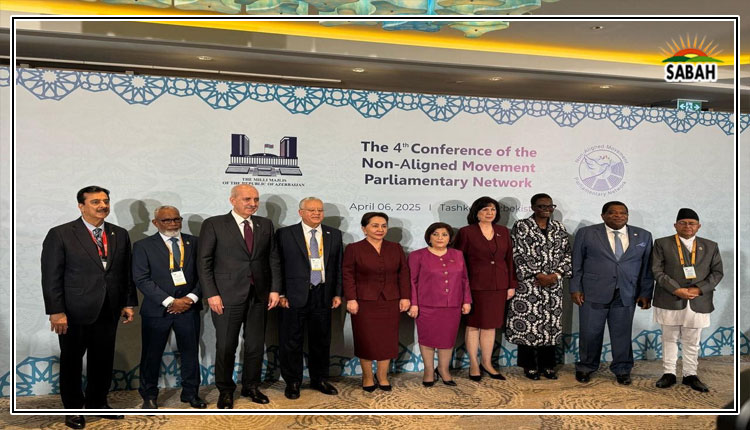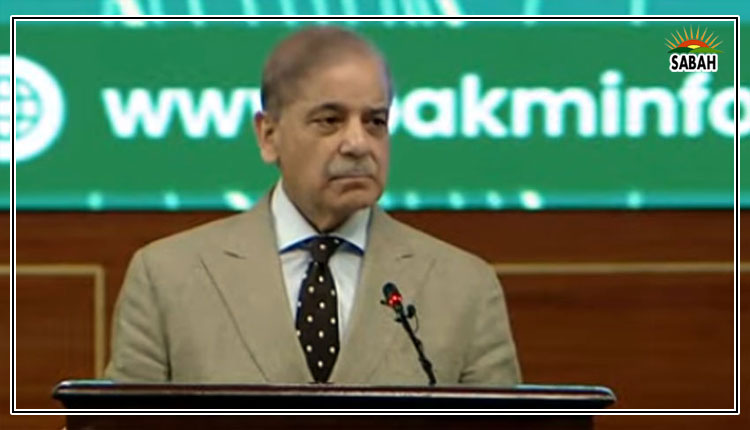Our energy quagmire…Shahzad Tahir
As the country prepares for another scorching summer, the perennial question looms large amongst the hoi polloi: why does the country still struggle to meet its energy demands despite 67 years of the geographic stretch enjoying abundance in solar, hydro and wind power generation potential?
The answer is intricately woven into a labyrinth of regulatory hurdles, commercial inefficiencies, administrative bottlenecks, and technical challenges all contributing to the rising cost of scarce electricity.
According to the International Energy Agency, Pakistans per capita electricity consumption remains amongst the lowest regionally and globally with only 80 per cent of the population having access to electricity with an average consumption of 516 kWh per capita compared to 21,039 kWh per capita globally.
Rural areas bear the brunt as around 71 per cent of rural households remain energy-poor compared to 29 per cent in urban areas whilst 55 per cent of households are in multidimensional energy poverty. Shockingly, about 90 per cent of rural and 50 per cent of urban households rely on biofuels for their energy needs, highlighting the stark reality of energy inequality in the country.
Pakistan’s power policy landscape is fraught with complexities and paradoxes, showcasing a glaring mismatch between policy objectives and ground realities. Amongst a multitude of factors that push the country into literal darkness, Pakistan’s power sector is marred primarily by circular debt, inefficiencies in the infrastructure, commercially onerous generation contracts with IPPs, operational bottlenecks across the value chain and the cost of the current energy mix.
Translating the jargon of the National Power Tariff and Subsidy Power Guidelines 2014, circular debt in essence is the delay or non-payment of tariff differential subsidies by the government. This translates into liquidity bottlenecks across the power value chain eventually clogging the sector.
The staggering magnitude of the energy sectors circular debt as of November 2023 ballooned to over Rs5.725 trillion, out of which Rs2.703 trillion was attributable to the power sector which is also around 2.2 per cent of the GDP. For reference, Pakistans last bailout package agreed with the IMF to avert a sovereign default amounted to $3 billion or Rs0.84 trillion at the current exchange rate. In a nutshell, the magnitude of circular debt of the power sector remained approximately 3.2 times the last IMF bailout package.
Reportedly, more than one-fourth of electricity generated is lost because of poor transmission and distribution infrastructure, power theft, faulty metering, and inadequate energy accounting. An Asian Development Bank study reveals that in 2020, out of 121,691 gigawatt-hours (GWh) of energy generated in the country, an aggregated sum of 29,900 GWh (23.7 per cent) was lost during its transmission, distribution, and delivery to end consumers as sales were recorded for 92,791 GWh only.
A breakdown of the sales by category as per the Economic Survey of Pakistan 2023-24 reveals the household segment (47 per cent) as the major contributor followed by commercial (8.0 per cent) industrial (28 per cent), agriculture (8.0 per cent), and other consumers (9.0 per cent).
Despite significant investments in power generation capacity over the last decade, Pakistan’s transmission and distribution infrastructure remains antiquated and dilapidated, resulting in high transmission losses, grid instability, and operational inefficiencies. An ADB study reported transmission and distribution losses averaging 18.0 per cent in the last five years far above Nepras target of 15.3 per cent. As per estimates, each percentage point costs the sector between Rs12 billion and Rs13 billion.
Macroeconomic vulnerabilities exacerbate the situation for the sector being a primary driver for the electricity costs inflation since 2021 on account of currency devaluation. At the close of FY2021-22, the exchange rate stood at 1 USD to Rs204.85, whereas by the end of FY2022-23, this had risen to 1 USD equalling Rs287.50. The bulk of the investment in Pakistans power sector is denominated in dollars, therefore, rupee depreciation escalates the debt servicing cost choking liquidity in the sector further and eventually affordability of consumers. The strain on the current account of the country is a separate debate.
Whereas 83 per cent of per unit electricity cost is based on generation cost, a notable reliance in generation is on imported fuels such as Coal, Regasified Liquefied Natural Gas (RLNG), Residual Furnace Oil (RFO), Nuclear, and Cross-Border Electricity, pegged against the dollar. During FY2022-23, thermal generation, including imported fuels (Coal, RLNG, RFO), accounted for around 62 per cent of the total generation capacity as per Nepras State of the Industry report.
Interpreting an analysis by the ADB and Ministry of Petroleum numbers, the import bill of oil for the power sector increased by 95.9 per cent to $17.03 billion during July-April 2022 compared to $8.69 billion during the same period in the preceding year. It is also pertinent to note that Thar coal is only contributing 1,320MW to the national grid as of 2022 figures, while imported coal contribution in electricity generation stood at 3,960MW during the same period accounting for 75 per cent of the total electricity generation from coal in the country being based on imports.
Another significant factor contributing to the increased cost of electricity is the under-utilization of the Take or Pay generation capacity, presenting a dual challenge to the power sector. Under Take or Pay agreements, power utilities are obliged to pay for contracted capacity, regardless of its consumption. The unutilized capacity places a financial burden on electricity consumers, who end up paying for unused power.
During FY2022-23, the utilization factor of de-rated thermal electric power generation capacity remained at a staggering 34.68 per cent. This not only results in economic losses for power companies but also diminishes the overall efficiency of the power sector. Use of less than available capacity, from power plants in operation, warrants payment of Part Load Adjustment Charges (PLAC) to generation companies which further escalates the per unit cost of electricity. During FY2022-23, the payment made to the power plants for PLAC due to government guarantees amounted to a whopping Rs46.59 billion as per Nepras State of Industry Report 2023 that is around 6.0 per cent of the last IMF bailout package being paid to IPPs for context.
While the national landscape seldom has time to diagnose and devise solutions to real issues faced by the populace, the new government has significant milestones to achieve in the power sector across areas of tariff rationalization, subsidy reform, grid modernization, shift towards renewable energy and enhancement of energy efficiency measures which one can only hope and pray for.
Courtesy The News












